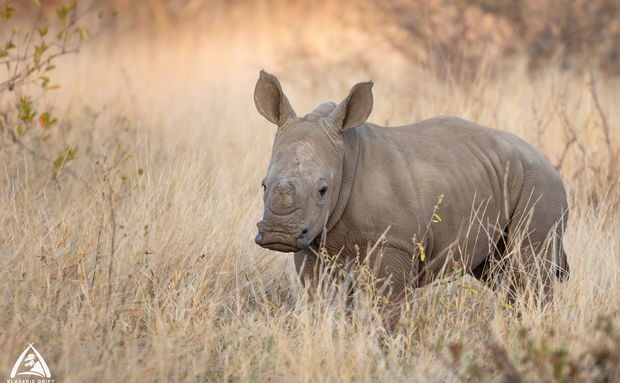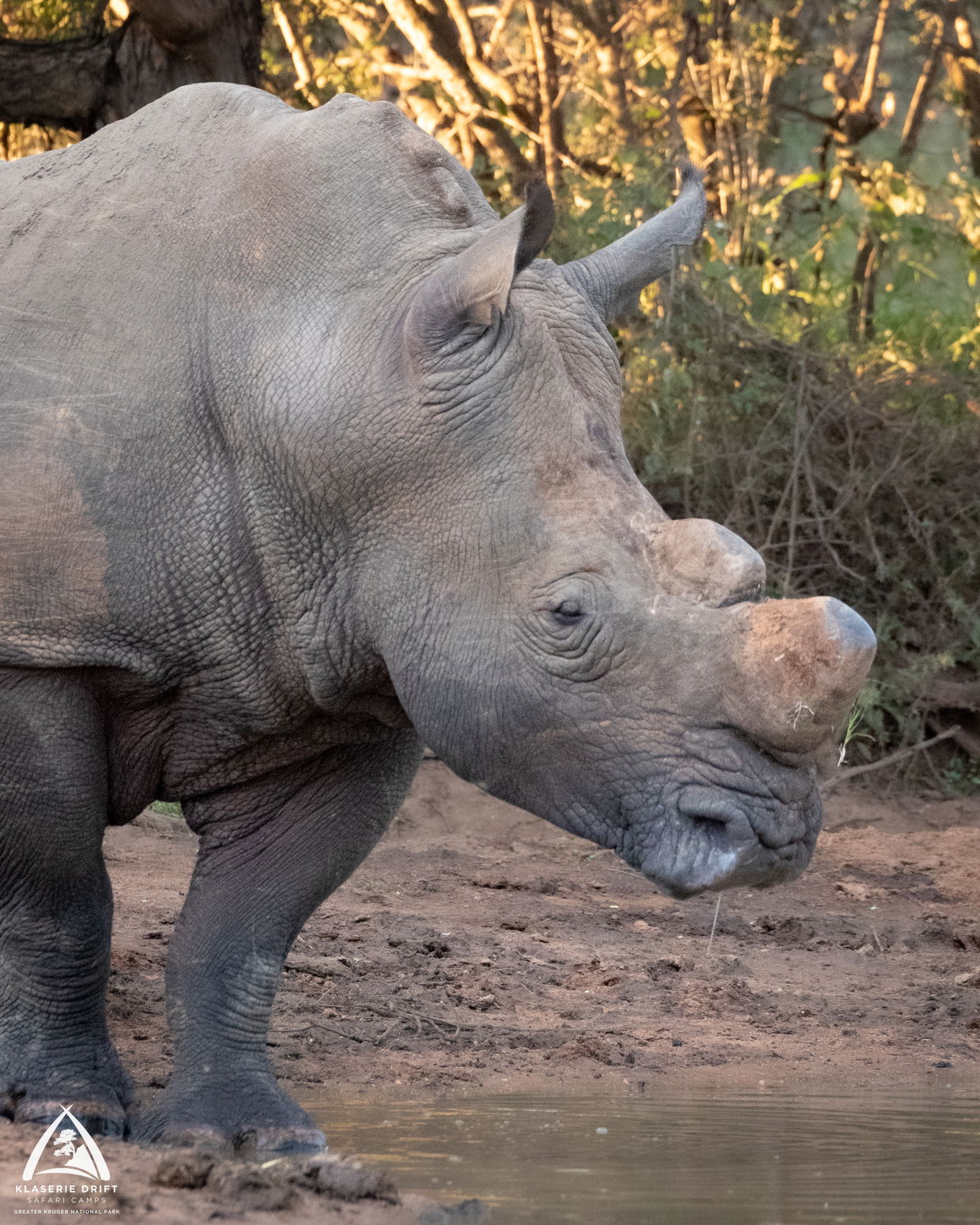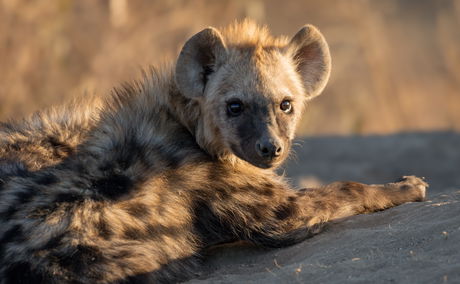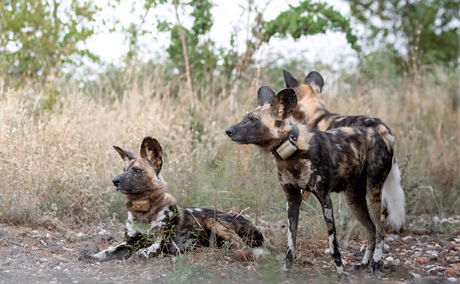Life for the prides of central Klaserie has been anything but simple. Power struggles, breakaways, and heartbreaking setbacks have dogged recent years. But with new males rising, cubs being born - and lost - and the lionesses fighting to protect their future, it’s a story as raw and real as the wilderness itself. Keep reading for the full update on the complex and ever-changing lion dynamics at Klaserie Drift.
Myths, Truths, and the Future of Rhino Conservation in South Africa

Perhaps more than any other animal, the prehistoric-looking rhinoceros has become a beacon for the plight to save Africa’s endangered wildlife. But how well do you really know these iconic animals? Let’s dive in to some fun facts and fictions on rhinos. (Or, head to the bottom to read more about rhino conservation!)
Do you know your rhino fact from fiction?
FACT: The word ‘rhinoceros’ is actually derived from two Greek words – rhino (nose) and ceros (horn).
FICTION: White and black rhinos get their name from their colour. The truth is they are actually both grey! The names are thought to come from a mis-translation in the Dutch word for ‘wide’ (as in wide-mouthed rhino) which sounds similar to ‘white’.
FACT: Their closest living relatives are tapirs, horses and zebras! This in part boils down to their odd number of toes (3) which groups them with other Perissodactyls.
FICTION: Rhino horns have medicinal value. In reality, rhino horns are made of keratin – the same material as our hair and fingernails – and there is no scientific evidence to show they have medicinal value.
FACT: A group of rhinos is called a crash. If you’ve ever heard these heavy-footed creatures race through the bush, you’ll understand why!
FICTION: Rhinos stamp out fires. If you’ve seen ‘The Gods must be crazy’ you might think this is true. However, rhinos are actually afraid of fire and will run away from it.
FACT: Rhinos can poop up to 23kg of dung a day. That’s a lot! But, it’s amazing for the environment - spreading seeds, fertilising soil and creating mini ecosystems for all sorts of insects, reptiles and even birds.
 Focus on Rhino Conservation
Focus on Rhino Conservation
Despite South Africa being recognised as the stronghold for both White and Black rhino species, the situation in the Kruger National Park has become critical in recent years. In the decade leading up to 2023, the Park saw more than three quarters of the rhino population disappear. Poached for their iconic horns that resemble little more than the keratin that makes up our own hair and fingernails. So, is it really all doom and gloom?
The answer is…not yet! SANParks and neighbouring reserves like our own Klaserie Private Nature Reserve are enacting rigorous policies to safeguard our rhinos; including increased security, tracking canines and dehorning programmes – and it is tourists who are so vital in this story of survival. Every safari-loving visitor contributes towards these initiatives, both directly in conservation fees and indirectly through their lodges.
At Klaserie Drift, for example, we are proud to work with several organisations, donating both funds and prizes to raise money for conservation and community initiatives. What’s more, by employing local staff and using local suppliers, our communities can reap the economic advantages to protecting our wildlife. So, your vacation really does make a difference!
If you’d like to support one of the many fantastic, nonprofit organisations working in our area, have a look at the list below:
Rhino Conservation and Education: Rhino Revolution
Community Work: Seeds of Light
Community Conservation: Koru Camp
Rhino Sanctuary: Care for Wild
Ranger Support: Global Conservation Corps
Further Reading
With two cheeky youngsters and a tiny new arrival at the hyena den, life couldn't be better for this successful clan! Keep reading to dive into the world of these fascinating, misunderstood carnviores and discover why hyena mothers might just be the true superheroes of the bush...
Sometimes, you’re just in the right place at exactly the right time. That was the case on one unforgettable morning at Klaserie Drift—an experience that will stay with both our guides and guests forever. Keep reading to get the full story!








Share This Post